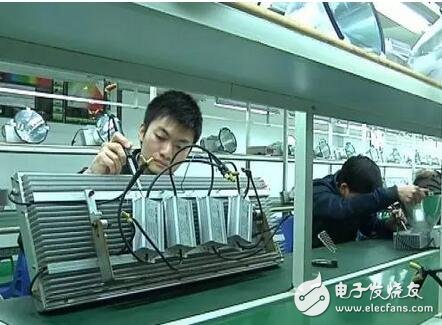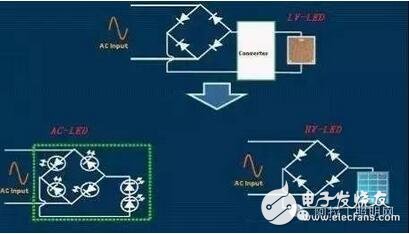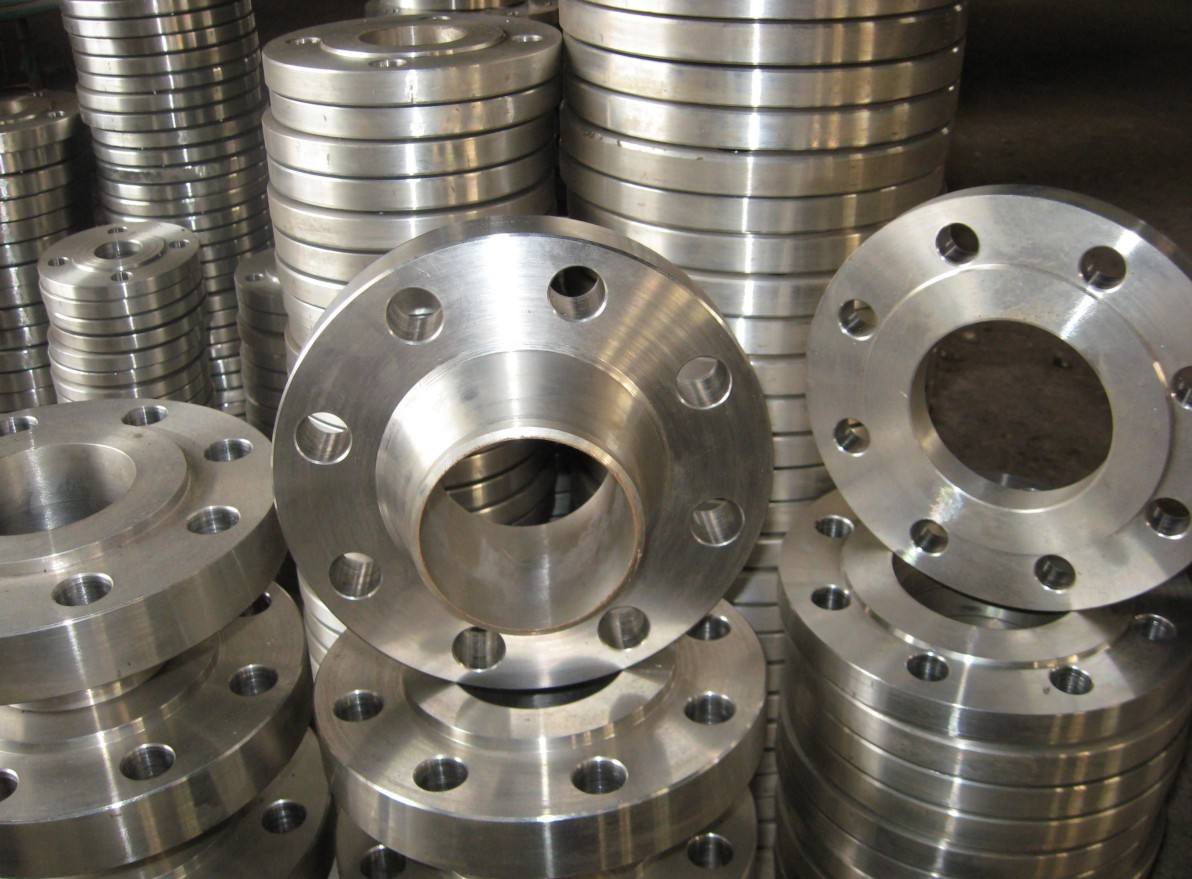First, LED lighting route analysis
The lighting fixture design is based on a three-way game of LED lighting, drive control and optical cooling structure design.
1. Luminous part:
The LED light-emitting chip has been continuously improved in light efficiency, and the LED energy-saving controversy has gradually faded. In the next few years, there will be further improvement, and the accelerated application of LEDs will lay a solid foundation, and the design of lamps will become simple. The packaging method will change according to the application of the luminaire. For a long time, according to the LED heat dissipation, the package design is developed. With the understanding of the heat dissipation of the LED package, the package form of the special luminaire is more suitable. The upstream investment of LED epitaxy has increased, competition has intensified, and downstream applications have not yet risen, which will inevitably lead to a significant drop in the price of LED chips. Compared with packaging cost reduction, the cost of some LEDs is lower than the cost of packaging, so packaging technology innovation is also one of the most important parts of LED development.
2, drive control:
The increase in drive conversion efficiency is one of the most effective solutions. Increasing the power conversion efficiency can reduce the overall lamp power, which is to improve the overall lighting efficiency and save the heat dissipation design cost. There is no regulatory requirement for switching power supplies before power factor requirements, but LED lamps have a hard target. Reliability and longevity are also important parts. There are also aspects of color temperature, brightness, and intelligence that are also in the future, at a later time.
3. Optical design and heat sink:
The optical design is user-friendly, and the design of the lamp has recently developed rapidly, starting with an alternative route. In the future, LEDs should develop LED products that are more suitable for LEDs. The heat dissipation structure tends to be more rational, and more standardized module light sources show advantages. New material cooling technologies are being introduced, and the cost will be further reduced.

According to the analysis, only the LED lamp indicators of the short-lived devices can be comprehensively improved, and the inductors, electronic transformers and electrolytic capacitors can be eliminated, and the life and volume problems can be completely solved. Improve power drive efficiency and reduce heat source to extend lamp life. It is well known that only innovative technologies can make their own leap-forward development and intercept the LED technology evolution path. Only independent innovation, access to more intellectual property rights, paving the way for the subsequent development of LED.
Cancelling the power supply cannot be understood as not requiring a drive, and it is not necessary to "electricate". Instead, some of the devices that hinder the life of the power supply are eliminated. A new LED driving method is called "De-Power Technology".
Second, high voltage nominal value LED design
The development of "de-powered design" must develop high-voltage LEDs. Multiple LEDs can be called high-voltage LEDs. The serial connection method includes lithography technology, flip-chip connection, COB gold wire connection, and PCB single-particle welding.
At present, most of the design lamps use single-particle low-voltage LEDs, which is the main reason for designing lamps that require power conversion. The best way to get the best drive efficiency is to get the LED voltage closer to the drive voltage. This eliminates the need for power conversion, and the simplified current circuit structure of the constant current source can complete the driving task.
LEDs have one of the same characteristics as incandescent lamps. The incandescent lamp adopts tungsten filament illumination, which can adapt to 1.5-380V voltage, and obtain different impedance through the thick and thin tungsten filament to adapt to different voltage driving requirements. LEDs can also be connected in multiple numbers to obtain different high voltage values. The nominal voltage is visible as a guide for developing high voltage LEDs. In fact, foreign AC LEDs and high-voltage LEDs are also realized through lithography. Officially, they have not been able to find the correct market position because they have deviated from the nominal value guide.
Need to develop several nominal voltages? According to the research, the mains voltage of each country is mainly 110V and 220V, and the same power source can be obtained under the same power. High-voltage LEDs can eliminate the need for power supply voltage conversion in our designs, or use traditionally proven switching power supplies without the need to develop new power systems. At the same time, the new power supply design is welcome to support LEDs, but it is necessary to ensure the design life of the lamps and improve the reliability of LED products on the basis of the verified power supply.
Third, to power design
Figure 1 shows the main design methods. The AC-LED is also designed with LEDs for its rectifier bridge. The rectifier bridge is also part of the illumination. Its advantage is that the volume can be designed to a minimum. The disadvantage is that the heat is concentrated in a small volume, and at the same time, insulation treatment is required, and the design cost is the highest. Because the reverse voltage value of the LED itself is low, only about 10V, so that to obtain a reverse rectification withstand voltage of several hundred volts, 30% of the LED particles are wasted.

Figure 1 AC LED, high voltage LED and low voltage LED circuit
Therefore, the development of AC LED has been unable to allow customers to accept the price for several years. However, the analysis believes that there will still be 5% market opportunity, because the AC LED is the smallest volume in the market segment with high volume requirements.
The LV-LED portion of Figure 1 is currently the most used drive, including the traditional rectifier bridge section, a single-particle LED that requires a voltage conversion circuit in the middle. The voltage conversion part follows the traditional switching power supply technology. The power supply design is aimed at the power supply drive, and the development of a more suitable LED application circuit is simple and reliable in the batch process. The traditional switching power supply drives the LED and will be challenged by the de-energization technology. .
Forged flanges normally produce with forged steel or other material like stainless steel, it's work on pipelines connection with threaded bolts or welding with pipes or welding fittings directly.Our flanges can use on water, oil, gas,etc.
Forged Flanges: WN,PL,BL,SO,SW,LJ,LWN,THR/SCR
Material: Carbon steel, Stainless steel
Sizes: DN15(1/2") to DN1200(48")
DIN Standard:
Plate: DIN2542 PN10, DIN2576 PN10, DIN2573 PN6
Welding Neck: DIN2635 PN40, DIN 2634 PN25, DIN2633 PN16, DIN2632 PN10, DIN2631 PN6
Threaded: DIN2566 PN10, DIN2565 PN6
Blind: DIN2527 PN16, DIN2527 PN10
UNI Standard:
Plate: UNI6090 PN16, UNI6089 PN10, UNI2278 PN16, UNI2277PN10, UNI2276 PN6
Welding Neck: UNI2284 PN40, NNI2283 PN25, UNI2282 PN16, UNI2281 PN10, UNI 2280 PN6
Threaded: UNI2254 PN16, UNI2253 PN6
Blind: UNI6093 PN16, UNI6092 PN10
ANSI Standard:
Plate: ANSI 600lb RF-SO, ANSI 300lb RF-SO, ANSI 150lb RF-SO
Welding Neck: ANSI 600lb RF-WN-STD, ANSI 300lb RF-WN-STD, ANSI 150ld RF-WN-STD
Blind: ANSI 600lb RF-BLIND, ANSI 300lb RF-BLIND, ANSI 150lb RF-BLIND
Carbon Steel Flanges,Forged Flanges,Steel Flanges,Carbon Steel Fittings
HEBEI ZIFENG NEW ENERGY TECHNOLOGY CO.,LTD. , https://www.zifengpipeline.com
